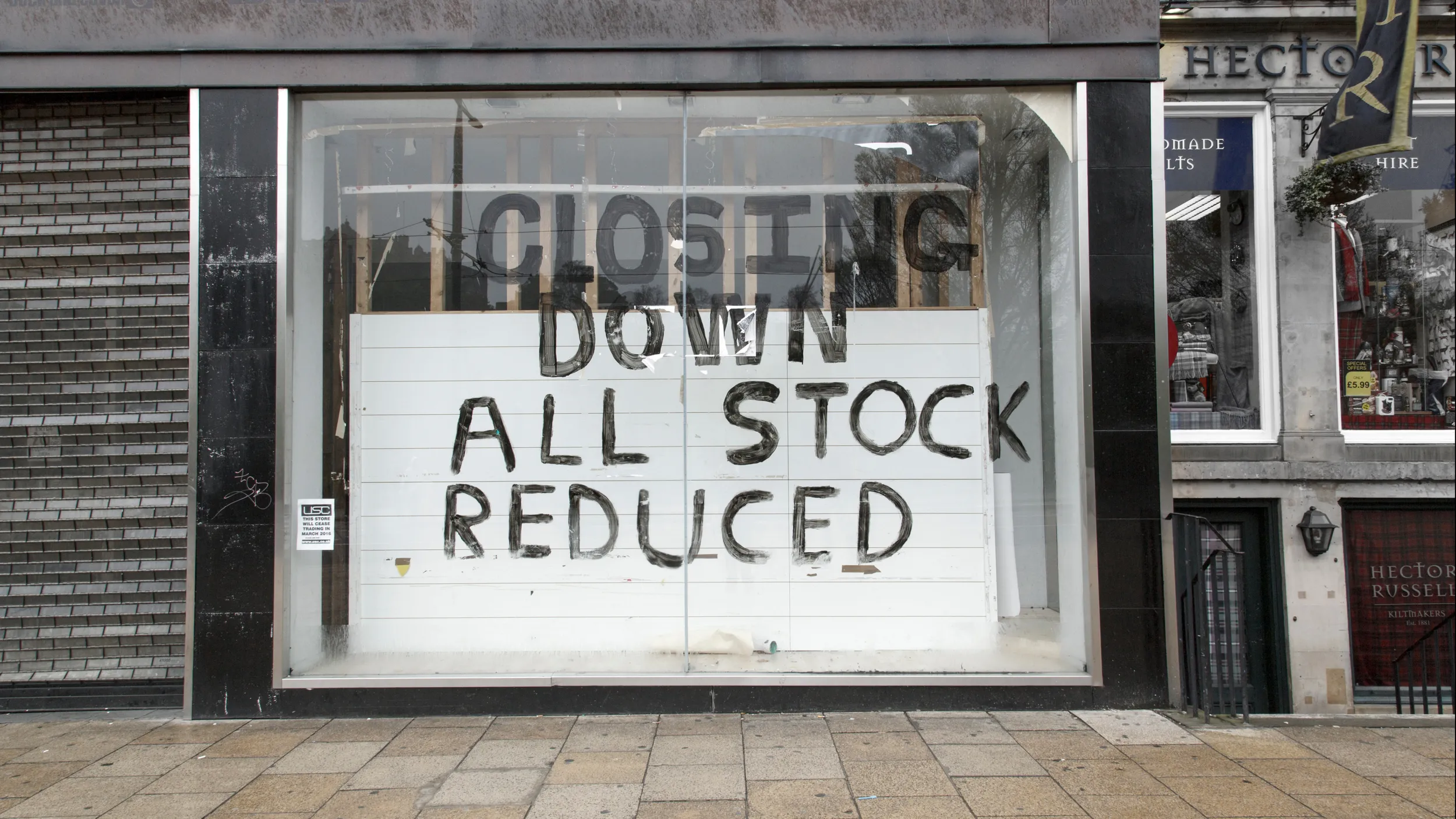UK Town Centres: Who Should Decide?

Historically, town centres served as meeting places for people to trade, exchange ideas, find work, relax, be entertained, and even live. The dominance of fashion retail chains and commercial land use has transformed these centres into what they are today. There is increasing evidence suggesting that this state of affairs is about to change, with the COVID-19 pandemic acting as a catalyst for the long-overdue transformation.

The evidence of this change is already apparent in the gradual decline of the retail sector, with former High Street giants like Debenhams, the Arcadia group, and earlier, stores such as Mothercare, closing their doors. The shift is not solely due to the migration of retail sales to online platforms, although that is a contributing factor. Many argue that communities now expect their town centres to offer more than just shopping streets.
Faced with a rising number of boarded-up shops and vacant office spaces, politicians and policymakers have coined the phrase "build back better" in response to the impact of COVID-19. However, the question remains: What does this actually mean? One thing most commentators agree on is that it does not imply adopting a "new shops for old" approach. So, what comes next, and more importantly, who should have the authority to decide?
The future of our town centres relies on decision-makers and driving forces.
Bill Grimsey is known for his expertise in turning around struggling businesses and has emerged as a respected figure in the retail industry. According to him, town centres should exist to serve their local communities, which means reverting to their former role as community hubs, “incorporating health, housing, arts, education, entertainment, leisure, business/office space, as well as some shops, while developing a unique selling proposition”.
All town and city centres have their unique characteristics in terms of history, geography, economy, demography, and culture. Therefore, adopting a one-size-fits-all approach to reimagining town centres is unlikely to be effective. However, if the decision-making power remains solely in the hands of the central government based in London, there are concerns that this is precisely what will happen. So far, the solutions proposed by the central government have been less than inspiring.
Since 2015, the government has been pursuing the deregulation of an important aspect of town planning known as Permitted Development Rights. This allows developers to ignore minimum space standards, access to natural light, adequate ventilation, fire protection, the health and safety of occupants, and amenities like safe play areas for children. Moreover, developers are not required to consider the carbon footprint of the building or even whether the site is suitable for housing, which is the case with many industrial and storage sites.
This approach does not align with the goal of building back better.
Simply replacing unwanted retail units with housing of questionable quality will not revitalise our town centres. Instead, it will lead to a different land use pattern but with a similar monocultural outcome.
The government-commissioned High Street Task Force, established in 2018, offers more promising prospects with its financial support and a pool of around 150 high street "experts" who can act as mentors and advisors to local authorities during the redevelopment process.
However, this still represents a predominantly top-down approach to redeveloping town centres, assuming that experts from elsewhere know best what a local community needs. Local problems require local solutions, and this necessitates devolving decision-making power to local councils, business organisations, pressure groups, and individuals within the local community. In this context, the role of the central government should be one of monitoring and support.
Grimsey asserts that there should be a significant transfer of power from central government to local communities, accompanied by a revitalised emphasis on localism. It is crucial to empower local residents to take charge of revitalising their own high streets and play an active role in determining the businesses, services, and amenities that shape them.
Why prioritise the local approach?
- Local communities and elected representatives possess valuable insights into the issues at hand and can generate relevant solutions.
- Consulting and considering the opinions of local people increases their engagement and support for redevelopment plans.
- Involving local communities fosters a sense of ownership, leading to a more successful and supported redevelopment process.
According to Grimsey in his High Street Review, one crucial group that requires consultation is the under 20s. This should come as no surprise for several reasons:
- The town centre already serves as a hub and meeting place for younger individuals.
- This demographic possesses an ever-growing amount of purchasing power.
- They represent the future "consumers" of the various offerings provided by the town centre.
With that in mind, what do you think?
- Does your town centre require change? Why?
- Does change simply entail reimagining, or is there a need for a complete overhaul of your town centre?
- How would you like to see the town centre evolve? What should be the primary functions of a newly evolving town centre?
- What unique aspects of your town, such as its history, culture, or environment, could be emphasised?
- Who, in your opinion, is best suited to manage change: central government or local communities?
You may find the following sources useful for further research:
Find exactly what you’re looking for.
- Popular Searches
- Biology
- A Level Media Studies
- Chemistry
- Geography
- Physics
- A Level Environmental Science
Newsletter
General
Work with us
Get in touch
- © 2026 Curriculum Press
- Terms & Conditions
- Privacy & Cookies
- Website MadeByShape









